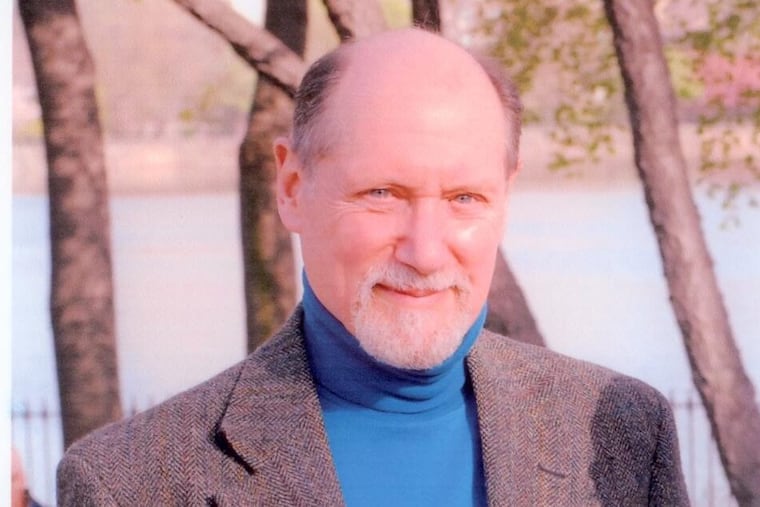Michael Tree, 84, Curtis professor and violist of famed Guarneri Quartet
Mr. Tree came to Curtis as a student at age 12 and taught there until a year ago.

Michael Tree, 84, a leading viola pedagogue at the Curtis Institute of Music and a founding member of the Guarneri Quartet, died Friday at his home in New York City, his wife said.
Mr. Tree, born in Newark, N.J., was a violinist first, taught by his father, and entered Curtis in 1946 at age 12. He studied there for nearly a decade with Lea Luboshutz, Veda Reynolds, and Efrem Zimbalist.
But it was as a violist that he made his mark.
"I would say he was the most important quartet violist of his time, and one of the most influential viola teachers of his time, for sure," said Edward Gazouleas, a former Boston Symphony Orchestra violist who studied with Mr. Tree at Curtis.
He joined the Curtis faculty in 1968, and continued teaching there until about a year ago, said Curtis president Roberto Díaz, who praised the "presence" Mr. Tree was able to create for an instrument whose role and character is still sometimes perceived as rather inscrutable.
Díaz noted that while the late Philadelphia Orchestra principal violist Joseph de Pasquale put the orchestral violist "on the map in a way nobody had done, Michael Tree did that with his sound for the visibility of the violist in a string quartet."
Philadelphia audiences knew that sound well through his long association with the Philadelphia Chamber Music Society (PCMS) and its sister organization, the Marlboro Music Festival. With the Guarneri or other groups, he performed with PCMS no fewer than 60 times.
"He loved Philadelphia, he loved Curtis, and he loved the PCMS," said his wife, Jani. "He was always so excited to play there, it was always like coming home."
The love went both ways. On one such visit from the Guarneri in 1993, an Inquirer critic found the quartet "astounding in its technical mastery, purity of sound, closeness of ensemble and unity of purpose. Moreover, despite the gloss of perfection, the Guarneri refuses to play it safe."
To hear Mr. Tree tell it, the journey to becoming an adored violist in one of the great string quartets of the 20th century began as a lark.
"Well, one fine day in Marlboro, three or four of us were standing around just chatting on a beautiful sunlit day after lunch and feeling a little lazy, and suddenly someone, and I don't even remember who it was, said, "Why don't we form a quartet?'" said Mr. Tree in a 2011 interview with the internet site String Visions.
But who would play viola? Mr. Tree was a respected violinist at the time and had studied viola only on the side at Curtis. He volunteered to take on the job.
The Guarneri became one of the most loved and influential of American quartets. It endured — touring widely and recording with artists like pianist Artur Rubinstein — for 45 years, from 1964 to 2009.
It was through this long burst of activity and his teaching at Curtis, as well as at the University of Maryland, Manhattan School of Music, Juilliard School and Bard College Conservatory of Music, that Mr. Tree was able to bring the viola new visibility.
"If you stood next to him when was he was playing you could feel it physically, it was so powerful and beautiful," said Gazouleas. "The message was, you never played two notes without shaping them. That was the hallmark of his playing as a quartet player, that you heard the viola part, and always heard how he was shaping it."
In addition to his wife of 51 years, he is survived by children Konrad and Anna, and a grandson.
A memorial event will be planned for a later date.